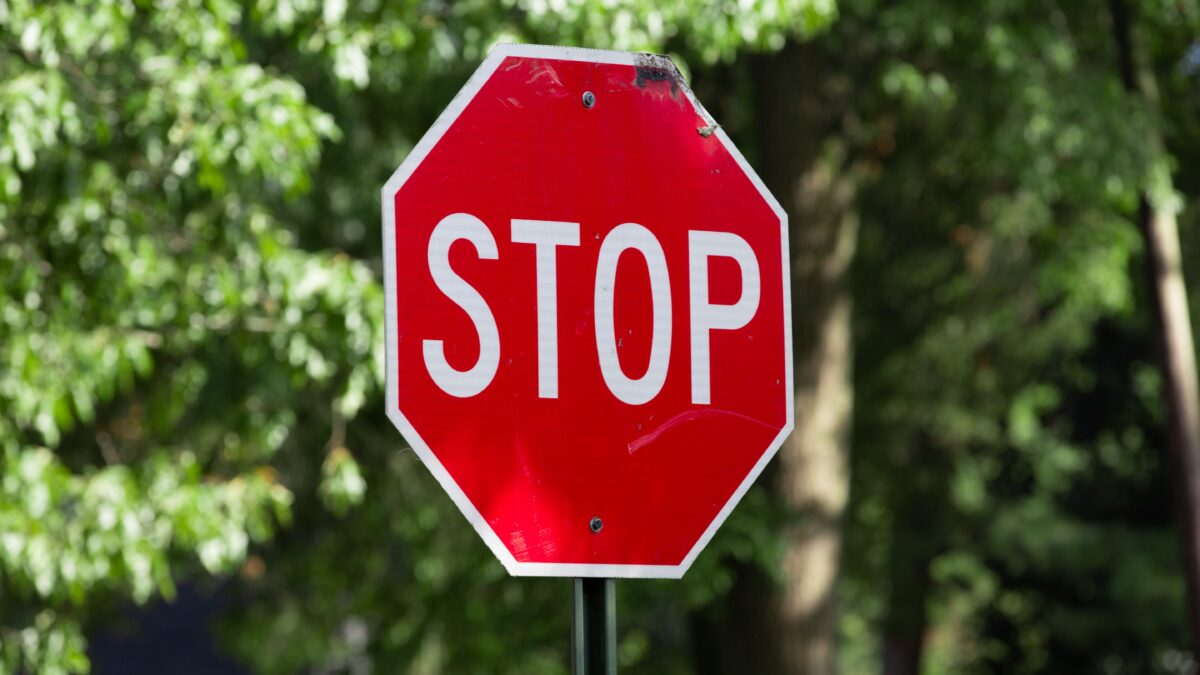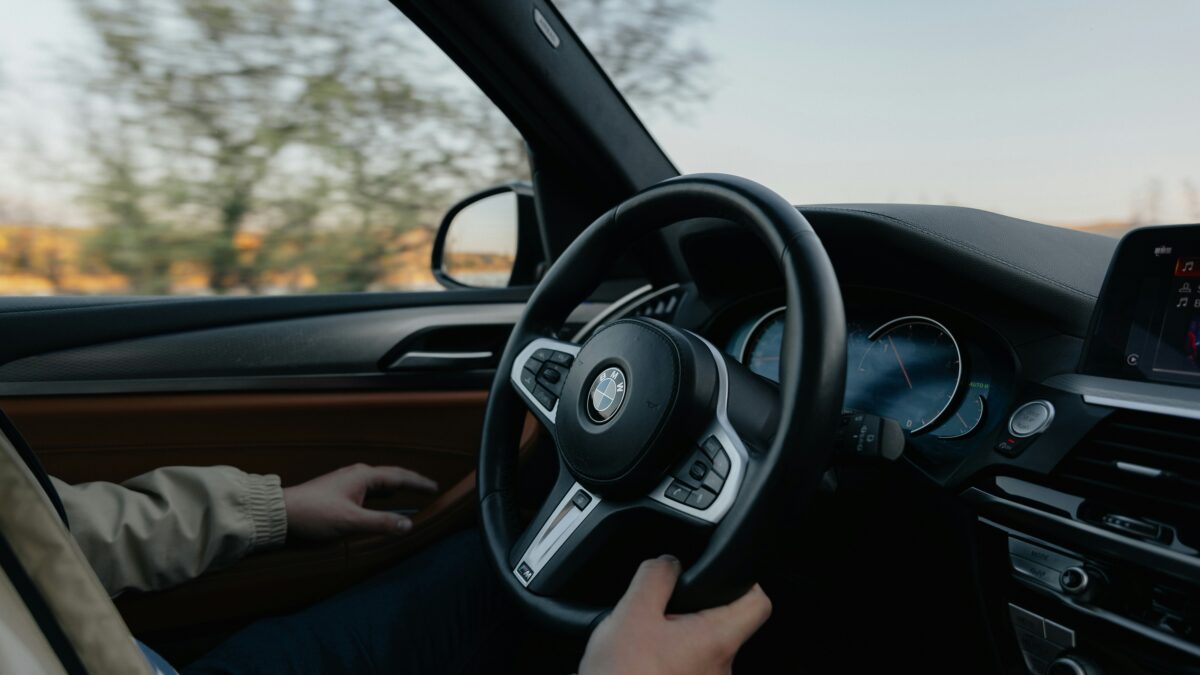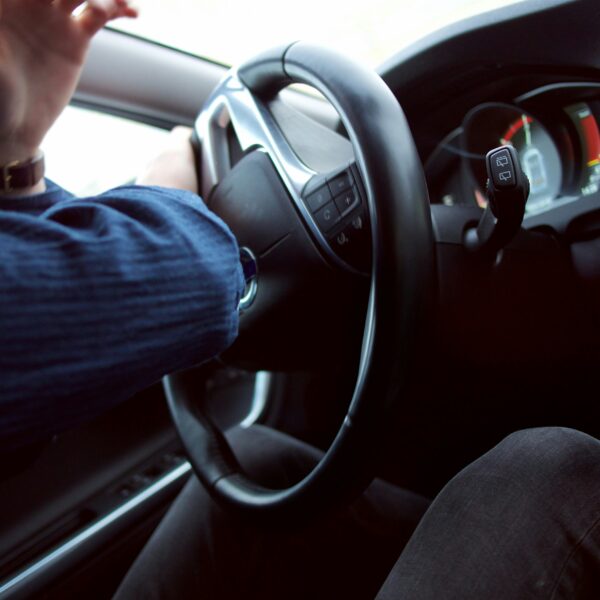A Year In Review: Car Disinfecting
As we hit the one year mark since quarantine became a common term, it’s time to look back at the top disinfecting methods that have kept and continue to keep drivers safe against the novel coronavirus.
Over the course of the year, we’ve gone on an in-depth search to bring forth tips on the best safety and car disinfecting methods to our readers. We’ve even questioned whether wearing a mask while driving is necessary.
This time, we’ve compiled a short list of areas that are most vulnerable to germs, including the top EPA disinfectants to use on your car. With more information now at our dispense, there are plenty of do’s and don’ts when it comes to car disinfecting.
Here is a quick review on car disinfecting and the best products to use.
Disinfecting high-touch surfaces
There are several high-touch surfaces in your car. In addition, many crevices and multi-material surfaces are found on the interior. Cleaning a car can sometimes be more of a task than tackling your home. For that reason, it’s advisable to clean and sanitize all surfaces regularly. This will keep you and your family protected from the spread of COVID-19.
Here are the target areas to disinfect on the interior and exterior of your car:
- Key fob
- Ignition or start button
- All door handles
- Steering wheel
- Radio controls
- Touch screens and infotainment systems
- Armrest
- Seatbelts and buckles
- Leather seats or upholstery
- Gear shift
- Entire dashboard
- Turn signal, headlight, and windshield wiper levers
- Trunk handle and exterior
- HVAC vents
Second to your home, your car is the place you spend most of your time. Taking the time to clean these high-touch surfaces will create a safe environment for drivers and passengers. Plus, who doesn’t love the smell and feel of a fresh interior?
Which EPA-approved disinfectants are safe for your car?
The United States Environmental Protection Agency (EPA) generated a list of products, known as List N. These products are approved for disinfecting the coronavirus. While all of these products are highly effective, not all mentioned are safe enough for the sanitation of your vehicle.
Many of these cleaning materials contain harmful chemicals that could potentially damage the interior of your car. Equally important, drivers must avoid any products containing bleach or hydrogen peroxide to prevent damage from occurring over time.
The products listed below are EPA-approved, currently easy to access, and affordable for drivers to use:
- Clorox Disinfecting Wipes
- Lysol Disinfectant Spray
Consider these household items or similar products from the EPA-approved, List N, to help fight the spread of the COVID-19 in your car. Remember to also scrub lightly while using EPA-approved products.
Note: Avoid using these products directly on leather seats. Only mild cleaners are suitable for this natural material. Therefore, anything containing over 70% of alcohol will cause damage.
Guideline on disinfecting leather seats
Leather seats require special care. As a porous material, many disinfectants will absorb directly into the seats. As a result, dryness and stiffness will occur. Any abrasive cleaner causes a potential threat to the quality of your interior, which is why disinfecting leather seats requires certain materials.
For leather seat drivers, follow these 2 tips for disinfecting:
Tip #1: Use a microfiber towel.
Microfiber Car Cleaning Towels Set #accessories #bmw https://t.co/SabIAoqx29 pic.twitter.com/YwmKujXZKz
— Proplantab.com (@Proplantab) April 3, 2021
This soft cloth works effectively in removing dirt, dust, and germs from your vehicle. Moreover, once you’re done cleaning, you can throw it in the wash for next time.
Tip #2: Use soap and water
Soap and water is the best method for removing germs from leather seats. Basic household soap will clean without stripping the moisture from this natural material. Remember to scrub gently.
Recap on car disinfecting
Cleaning your car is a practical way to stay safe. By now, you know the deal: wash your hands frequently. This simple step is the first in preventing contaminated surfaces in your car.
Finding the right disinfecting products is up to you, but even just basic household products will work. From our experience, these products are the easiest to find, affordable, and work tremendously well in eliminating germs.
As long as you choose an EPA-approved coronavirus disinfectant that does not contain bleach, hydrogen peroxide, or another caustic chemical, you should feel comfortable using these products in your car.
If you need some extra reminding on how to clean your car interior, watch this quick clip below:
















From the CDC:
“Findings of these studies suggest that the risk of SARS-CoV-2 infection via the fomite transmission route is low, and generally less than 1 in 10,000, which means that each contact with a contaminated surface has less than a 1 in 10,000 chance of causing an infection”
https://www.cdc.gov/coronavirus/2019-ncov/more/science-and-research/surface-transmission.html
Last Updated Apr. 5, 2021
I don’t drive much so I’m really bad about this. But it’s also very rare for me to have passengers too. When I remember….I’ll usually have some disinfectant wipes to clean my steering and my seats. But I’ll go over them with protectant wipes too. I don’t want to harm my leather.